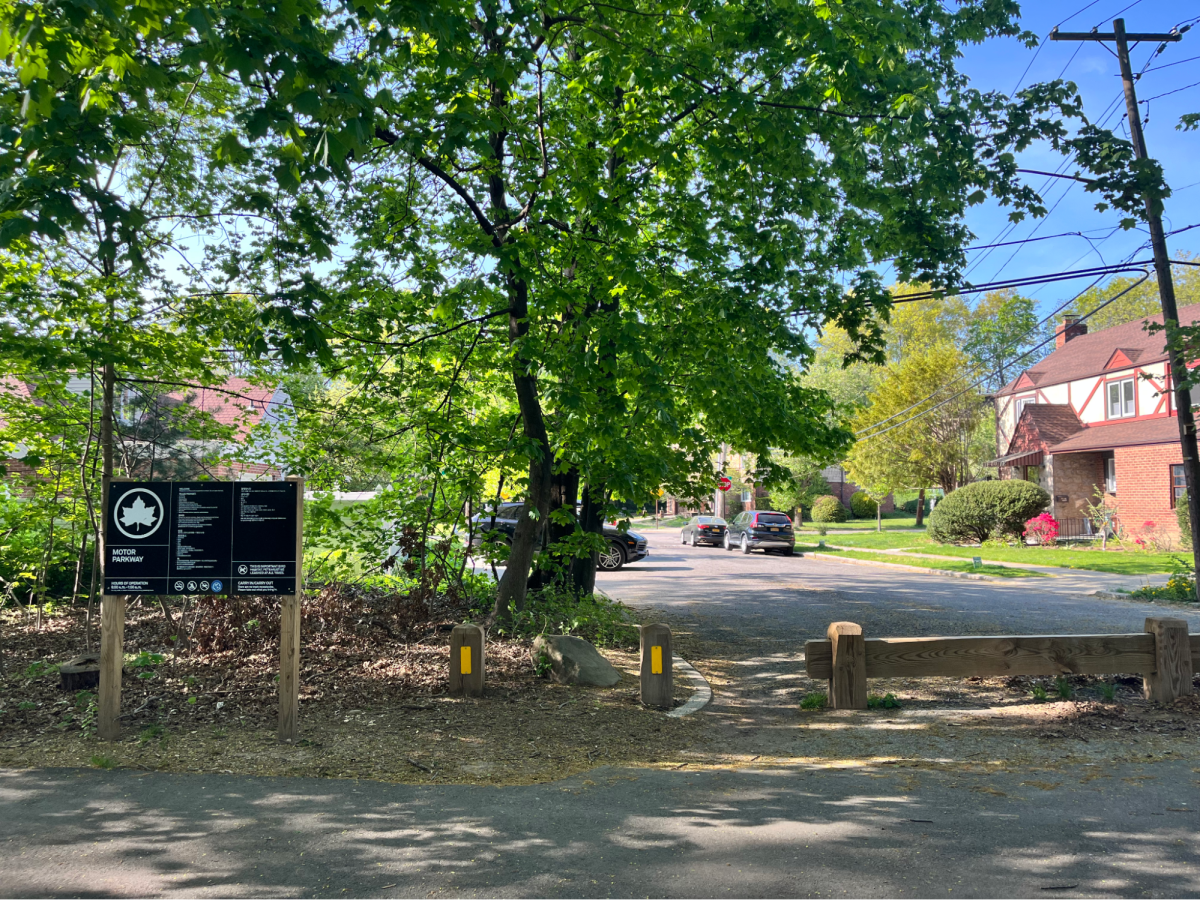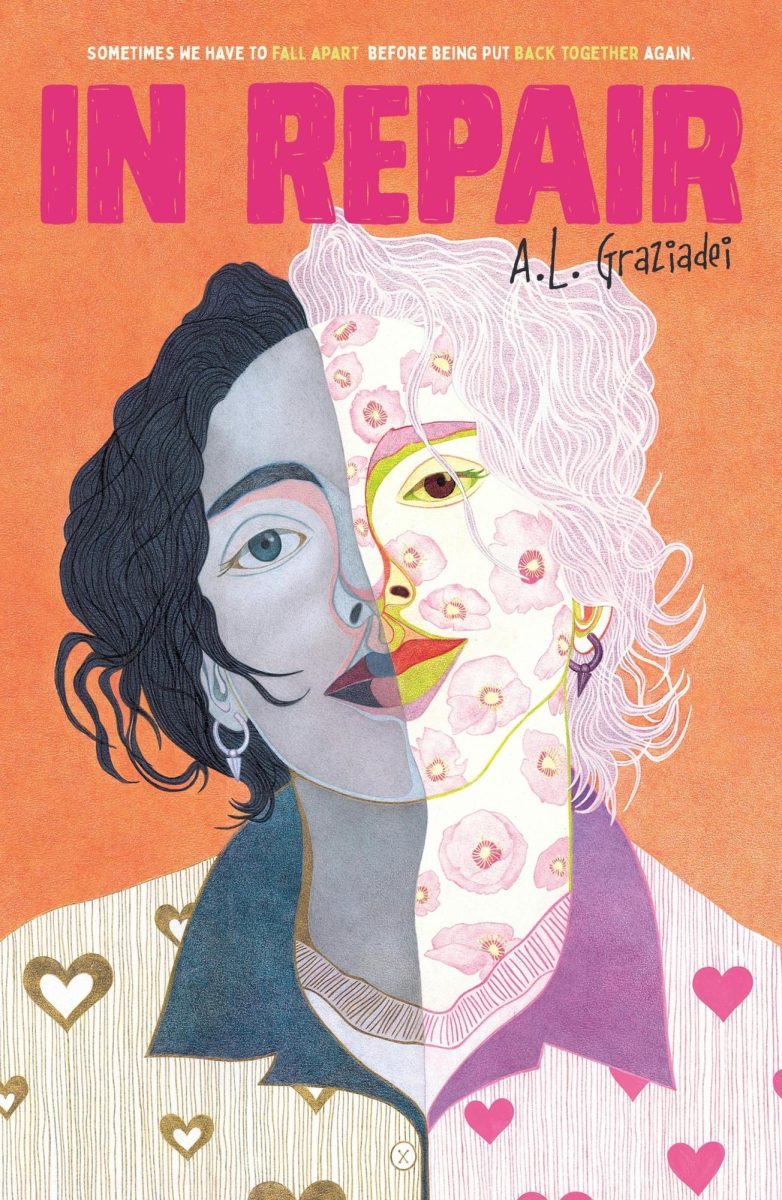By Deborah Glick

The lion’s last dance—As usual, the lion comes alive during Asian Night. Though this is the last year of Asian Night, traditions like the Lion Dance will be remembered.
Photo by Matthew Kipnis
If Asian Night and Fashion Show were compared, two very different performances would come to mind. Each show has been associated with a different ethnic composition: the white population with Fashion Show and the Asian population with Asian Night. This year, the last year of Asian Night, Asian Night skits are being incorporated into Fashion Show in an effort to maintain the original goals of Asian Night while integrating two major events in school.
Asian Night is an event hosted by the Asian Cultural Society. The club started 26 years ago when the Asian population at South was about 6-7%. Back then, only three or four students performed in the show. The Asian Cultural Society was created primarily so that Asians who “historically don’t hang out with each other … because of generations of hatred” had the opportunity to socialize with the “commonality of Asian culture,” said Guidance Department Head Dr. Tom Ganes, founder and co-advisor of the Asian Cultural Society.
Now, Asian Night has become possibly the biggest event for the club. Approximately 100 students participated. According to school statistics, this year Asian students comprise 46% of South’s population, 40% more than when the Asian Cultural Society was formed. Because of this, Asian Night has become a way to help Asian students bond with each other rather than with other students. “Instead of breaking down barriers, it sometimes reinforces them; Asian Night has outlived its original mission,” said Social Studies teacher and Asian Cultural Society co-advisor Mr. Joseph Ko.
Dr. Ganes said that adding Asian Night skits to Fashion Show is “a start to possibly a multi-cultural night and getting everyone together. The goal has always been to get non-Asian students involved, too. It’s whether or not the other students feel comfortable joining.” Now that the Asian population has grown, the question becomes, “Who are you really sharing your culture with?” said Dr. Ganes. The goal of sharing Asian culture with all of South is further defeated since the audience is mostly Asian.
Furthermore, with both Asian Night and Fashion Show being time-consuming productions, it is difficult for students to do both shows. “Over the last few years, the number of Asian students trying out for Fashion Show has decreased. I think that is in part because
Asian Night itself has become more of a big deal in this school, with more Asian students becoming interested in performing in Asian Night,” said Ms. Sheryl Berger, technology teacher and Fashion Show coordinator. “When Asian students stopped trying out [for Fashion Show], people started saying the show wasn’t diverse enough.”
This year, Asian Night’s more contemporary dances will be a part of Fashion show. The modern fan dance and Korean techno will be combined to fit in with Fashion Show’s hip-hop dances. “We really want to incorporate as many cultures and represent the schoolas best as we can for Fashion Show in years going forward,” said Ms. Burger.
Although Asian Night is ending, Fashion Show hopes to continue some of its legacy by incorporating more parts of Asian Night into Fashion Show. “We are excited to have the show change and grow as the school changes and grows, and we would love for as many students to get involved as possible,” said Ms. Berger.







